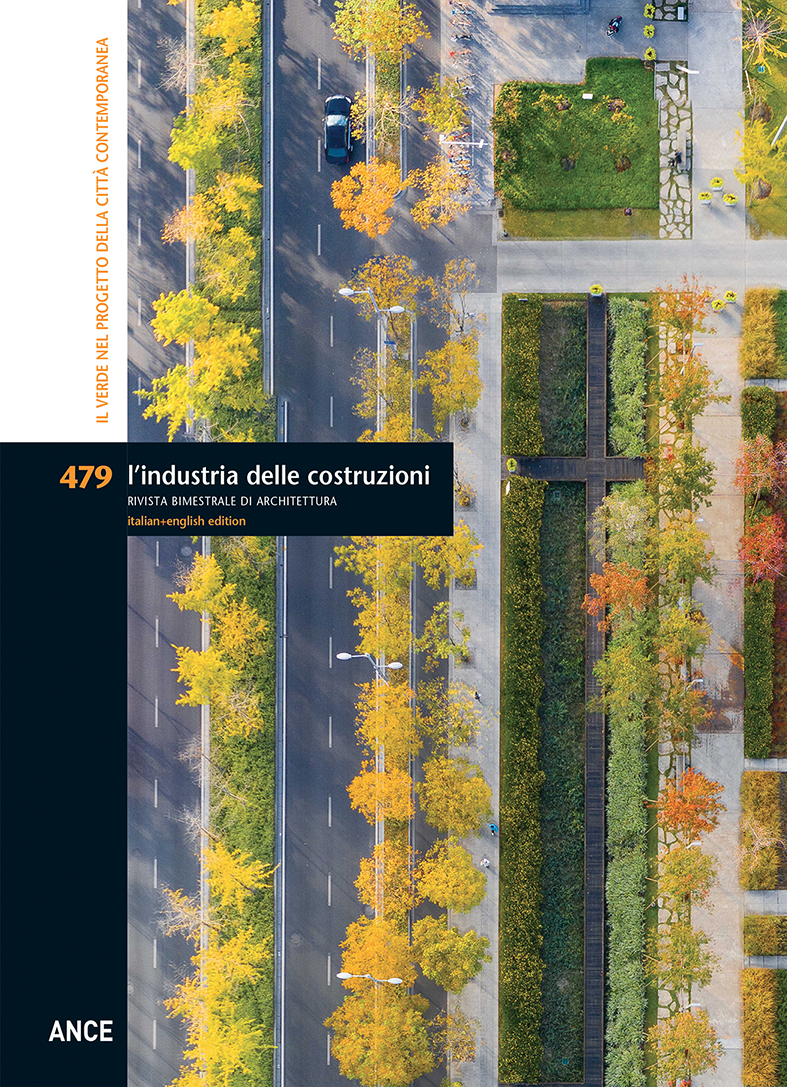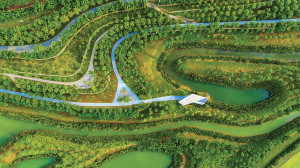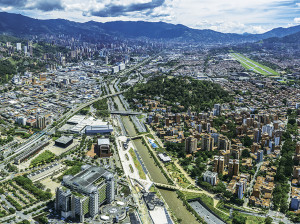MAG
GIU
2021
Green spaces in the project of the contemporary city
Since man started his activity on the natural environment to make it liveable, green spaces have always played a complementary role to that of the built environment in defining the shape and character of cities. Natural space is never conceived apart from the artificial one: nature and artifice go hand in hand over the course of the history, enhancing each other thanks to their dialectical relation. This issue aims to reflect on the role of green spaces in the dynamics of transformation and redevelopment of the contemporary city. In recent years, the natural component is taking on new value, due to the heavy urban densification processes and their global effects on the environmental balance.These processes require a clearly defined approach on empty spaces at all scales, from the single building to the neighbourhood to the urban fabric. They confirm the need to work on porosity, on the void spaces between the built, in order to obtain a healthier living environment, able to provide meeting and exchange opportunities and to strengthen the importance of the green component in the transformation of the contemporary metropolis. Greening the city is an old slogan, which assumes an increasingly vital role in the destiny of our habitats. The introductory essays address issues related to the contemporary landscape and to the residual space project – empty areas, marginal areas, interstices – which today take on the role of important opportunities to rethink the urban space. To design these areas, references to the traditional morphology of urban space are no longer sufficient; elements derived from geography, from the natural landscape, from the topographical traces are the starting point to give shape to these places. The settlement model of reference is no longer that of the compact city but takes into account the values of natural and agricultural landscape: urban and landscape morphology contaminate each other, generating interesting artificial-natural hybridizations. We can find these guidelines in the projects presented in the issue. Selected from different geographical areas, they are often linked by common approaches and strategies.









